Transcribed from the Planters’ Advocate of Upper Marlborough, Maryland, October 12th, 1859 Maryland State Archives http://speccol.mdarchives.state.md.us/pages/newspaper/diginumber.aspx?speccol=3415&id=42
Maryland Agricultural College.
Maryland Agricultural College.
Maryland Agricultural College
There was a large attendance on Wednesday last to witness the inauguration of the Maryland Agricultural College, the new buildings for which are situated near the line of the Washington and Baltimore Railroad, two and a half miles north west from Bladensburg, in this county. We are indepted
[sic] to a correspondent of the Baltimore Sun for the following particulars:A number of the prominent agriculturists of the State and others from Baltimore went down hence on the 7.45 [sic] A. M. train; and some time after their arrival on the ground the train from Washington brought a still larger number including officials of the government and other distinguished men and leading citizens from some of the lower counties. In the meantime the people, including ladies and gentlemen, from all the country side [sic] were gathering upon the extended grounds of the institution, coming in private carriages and on horseback, so as to present along the roads now dry and dusty, a very considerable cavalcade and somewhat animating display. All together there were, we should judge, some six or seven hundred persons present, mostly of the rural population and of a character indicating intelligence and a progressive spirit. Among those present, apart from the chief officers of the college, (Hon. Charles Calvert, of Prince George’s, president[1], and Dr. John O. Wharton, register and general manager, ) were Judge Wayne of the United States Supreme Court[2]; Prof. Henry, of the Smithsonian Institution[3], and Hon. Jacop [sic] Thompson, Secretary of the Interior[4]; also, the following trustees of the college: Col. James T. Earle, of Queen Anne’s county[sic][5], Col. John H. Sothoron, of St. Mary’s county [sic][6]; Hon. Walter Mitchell, of Charles; Wm. T. Goldsborough, of Dorchester; G. M. Eldridge, of Cecil; John Merryman, of Baltimore County[7]; A. Bowie Davis, of Montgomery[8], and Wm. W. Corcoran, of Washington city [sic][9].
The company, per invitation, strolled about and fully inspected the whole building, appurtenances and grounds. The farm, comprising some two hundred and fifty acres, is very slightly rolling, and forms in great part, as it were, a large basin, with a rising ground in the centre [sic], upon which stands the present edifice, one hundred and twenty feet in length and fifty-four in width, shaded by an oak grove. The present structure is only a wing, or one-third of the building as planned, which is designed ultimately to erect, and will accommodate some two hundred students. In addition to heating apparatus, gas has also been supplied throughout the house by the “Maryland Portable Gas Company” under the auspices of Mr. Gosnell. Proper walks and an ornamental arrangement of borders and shrubbery area so [are] beginning to assume tasteful shape around the building.[10]
At twenty minutes to twelve o’clock the president and trustees, with invited guests, moved towards the lecture-room, extending the whole length of the building in front, followed by the company generally.
Mr. Calvert introduced Rev. Dr. Pickney, (Episcopalian) of Washington, who opened the proceedings with prayer, beseeching the blessing of Providence upon the purpose of the institution, and the prevalence of knowledge and virtue.
Prof. Henry then delivered an eloquent and instructive address on the requirements of true education, which was attentively listened to. He spoke at considerable length, condemning some features of the present system of schools. — He thought that memory especially should be early cultivated.
Hew was followed by the Secretary of the Interior, (Hon. Jacop [sic] Thompson, of Miss.,) whose earnest and interesting discourse showed that that he had a true and practical idea of the position of the agriculturist. He knew of no man whose position was more responsible than that of the southern planter, whose example was to be the guide of so many others. Therefore should be be [sic] most truthful, intelligent and just, as should be all who undertake to control the labor of others.
Dr. Kirkpatrick, of Dublin[11], inspector of national agricultural [illegible] was introduced. After expressing gratification at the cordial hospitality experienced during his brief visit to this (as he thought) glorious country, he went on to give some useful practical information in regard to the success of the agricultural schools of Ireland, and quoted the opinions of distinguished American gentlemen who had visited the. These schools grew out of the famine of 1847, and now have 1,000 scholars.
Mr. Calvert, the president, concluded the speaking by an urgent appeal to the agriculturists of Maryland to sustain the college as of advantage to the rising generation. He said that if every farmer in the State would contribute his mite, they would place the institution in a position to accomplish entirely the objects of its designers, and raise agriculture in Maryland to a point of eminence not to be surpassed by that of any other State or country.
There are already, it is understood, some thirty pupils in the college. Some are from Delaware, including the a son of ex-Gov. Ross, who was among the visitors. The building is light, airy and dry, and appears from every point of view to be fully adapted to its purpose.
In addition to the professors before elected, we were informed that Benj. Hallowell, of Alexandria, had been chosen to the chair of Moral and Mental Philosophy including History and English Literature. The other members of the faculty are George C. Schaeffer, A. H. M. D., Professor of the Science of Agriculture, including Chemistry, Geology and Mineralogy; H. D. Gough, A. B., Professor of the Exact Sciences, Engineering and Construction, Mechanics, &c.; and Battista Loring, LL. D., Professor of Ancient and Modern Languages.
The other chairs are yet to be filled, and were the price of scholarships lower we might expect to see the institution speedily fill up.[12]
[1] Charles Benedict Calvert (1808– 1864) was an American politician who was a U.S. Representative from the sixth district of Maryland, serving one term from 1861–1863. He was an early backer of the inventors of the telegraph, and in 1856 he founded the Maryland Agricultural College, the first agricultural research college in America, now known as the University of Maryland. He was a direct descendant of the Lords Baltimore, proprietary governors of the Province of Maryland from 1631 until 1776. Wikipedia
[2] James Moore Wayne (1790-1867) New Georgia Encyclopedia.
[3] “The first Smithsonian Secretary, Joseph Henry, served from 1846 to 1878.” Smithsonian Institution Archives.
[4] “Jacob Thompson (1810–1885) was the United States Secretary of the Interior, who resigned on the outbreak of the American Civil War, to become Inspector General of the Confederate States Army.” Wikipedia.
[5] ”
Born James Tilghman Earle, July 30, 1814, at “Winton,” Queen Anne’s County, Maryland. Son of Hon. Richard T. Earle (1767-1843) and Mary Tilghman (1783-1836); one of ten children. Graduated Harvard College (later University), 1834. Studied law with his father, 1837-1840. Married Ann Johns (d. 1842), 1841. Married Ann Catherine (d. 1876), 1849; two children, Mary Elizabeth and Ann Johns Earle. Married Mary F., c. 1880; two children, James T. (b. 1880) and Richard T. Died, Queen Anne’s County, Maryland, July, 1882.1
Farmer and planter. Founder, Maryland Agricultural Society, 1848-49; President, 1854. Active in efforts to improve agricultural education, and fought for the establishment of Maryland Agricultural College (later University of Maryland), 1858. Maryland Senate, 1865-1874; President pro tempore, 1867. Chair, Finance Committee. Democrat. Among those active in passage of bill calling for convention in 1867 to re-write the state constitution. Personal property valued at $20,000 at time of death, in addition to significant land holdings.” Archives of Maryland (Biographical Series).
[6] Owner of “The Plains”, located in St. Mary’s County, Sothoron’s plantation was confiscated during the Civil War on October 19, 1863. when Lt. Eben White, USA, went to the property attempting to recruit the slaves of Col. Sothoron into the Union Army. An altercation took place and Col. Sothoron shot and killed Lt. White. Col. Sothoron, along with his son, Webster Sothoron fled to Virginia. abstracted from . Linda Reno. Leonardtown, Maryland. Copyright 2002 .
[7] ” John Merryman was born at “Hereford Farm” in Baltimore County on August 9, 1824, the son of Nicholas Rogers and Ann Marie (Gott) Merryman. He was educated in the business world beginning in 1839 as an employee in Richard Norris’ hardware store in Baltimore City. A year later he moved to Guayama, Puerto Rico, to work for his uncle, Samuel N. Gott, in his counting room. Merryman returned to Maryland in 1842 to manage a number of farms belonging to his uncle John Merryman. It was at this time that Merryman became involved in the raising and breeding of Hereford cattle with stock which he imported from England.
In 1865 he branched out into the fertilizer business by establishing John Merryman & Co. of Baltimore City, fertilizer dealers. Merryman’s interest in cattle and farming remained constant throughout his life. He was a lifetime member of the U.S. Agricultural Society and the National Agricultural Association. He exhibited his cattle at numerous national fairs and won countless prizes and a widespread reputation for his stock. He was also a member of the Maryland State Agricultural Society, serving as vice-president from 1852-1857 and president from 1857 to 1861. This organization later became the Maryland State Agricultural and Mechanical Association, and John Merryman served as president from 1877 to 1881.
Prior to the Civil War, John Merryman was a 3rd lieutenant in the Baltimore County Troops. By 1861 he was a 1st lieutenant in the Baltimore County Horse Guards. Under orders from Governor Hicks, he aided in the destruction of several bridges north of Baltimore to prevent troops from Pennsylvania from marching through Baltimore and inciting riots. On May 25, 1861, Merryman was arrested by U.S. troops, indicted for treason, and confined in Fort McHenry. Through his lawyers Merryman petitioned Supreme Court Chief Justice Roger B. Taney for a writ of habeas corpus. The writ was disobeyed by General Cadwallader, the arresting officer, under orders from President Lincoln even though Taney cited Cadwallader for contempt. It was then that Taney, who had traveled to Baltimore to hear the case, ordered that Merryman was “improperly held” and had him released. Merryman was never tried for treason. Taney, in a “test between that which personified law on the one side and that which represented the sudden and unlimited development of military force on the other,” vindicated the writ of habeas corpus. Merryman, a democrat, served as president of the Board of County Commissioners, Baltimore County, in 1857. He was State Treasurer from 1870 to 1872 and served in the House of Delegates from Baltimore County from 1874 to 1876. Archives of Maryland (Biographical Series)
[8] ” Allen Bowie Davis (1809–1889) was an American businessman. Davis was born in Montgomery County Maryland to Thomas Davis (1769-1833) and Elizabeth Bowie (1772–1840). His father participated in the Whiskey Rebellion and was the president of the Board of Trustees of the Brookeville Academy, a position that Allen would take later at the age of 24. Davis took over the estate farm Greenwood at 16 and would write educational books on agriculture. By 1850 he would own 27 slaves to maintain four separate farms.[2][3] In 1840 he would be appointed to the board of public works for Maryland. This in turn led to him becoming the director and trustee of the Chesapeake and Ohio Canal during the final 50 miles of construction.[4] In 1846, Davis imported 1,400 tons of Guano for $100,000 to redistribute to farmers without markup. Davis also returned the Tridelphia Cotton Company to profitability. In 1850 he would represent at the state constitutional convention, helping form the Maryland Agricultural College. He served as president of the Washington-Brookville Turnpike Company for 16 years and served as county magistrate. His efforts also brought about one of the countries earliest prohibition laws in the State of Maryland. Wikipedia.
[9] “William Wilson Corcoran (1798–1888) was an American banker, philanthropist, and art collector. He started the Corcoran Gallery of Art.” Wikipedia.
[10] The syntax of this sentence is strained. – the blog author inserted the word [are] and would delete area so
[11] Thomas Kirkpatrick was the Inspector of Agricultural schools in Ireland.
[12] The syntax of this sentence is strained. – Author

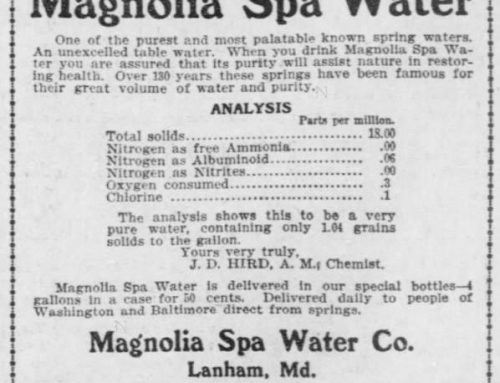
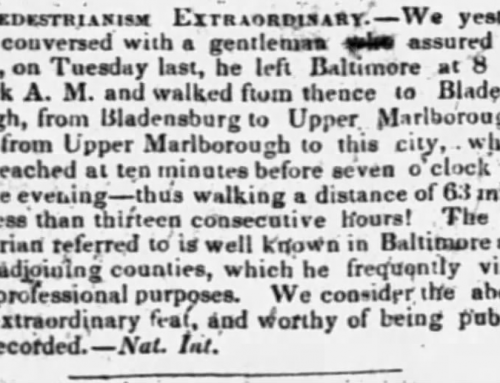
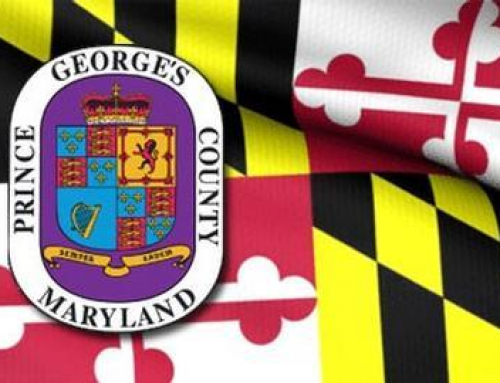
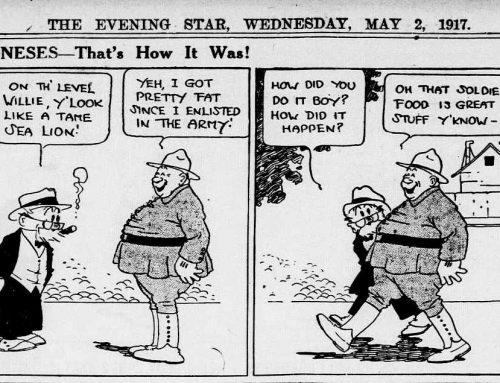
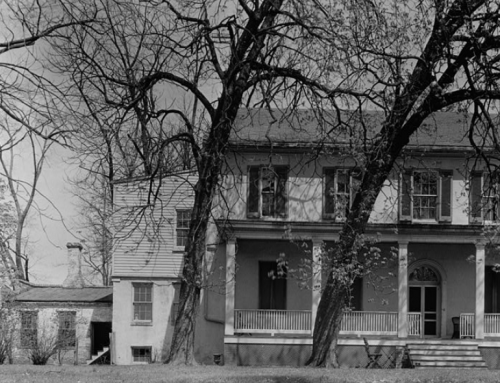
Leave A Comment